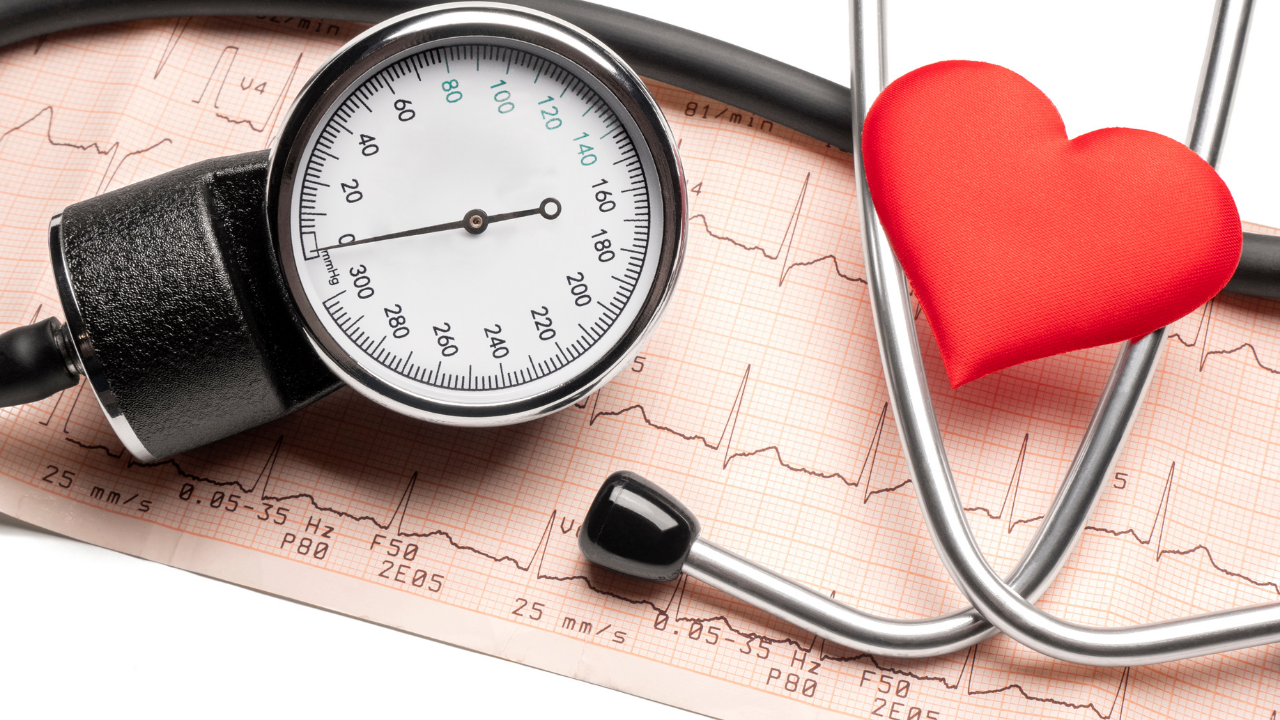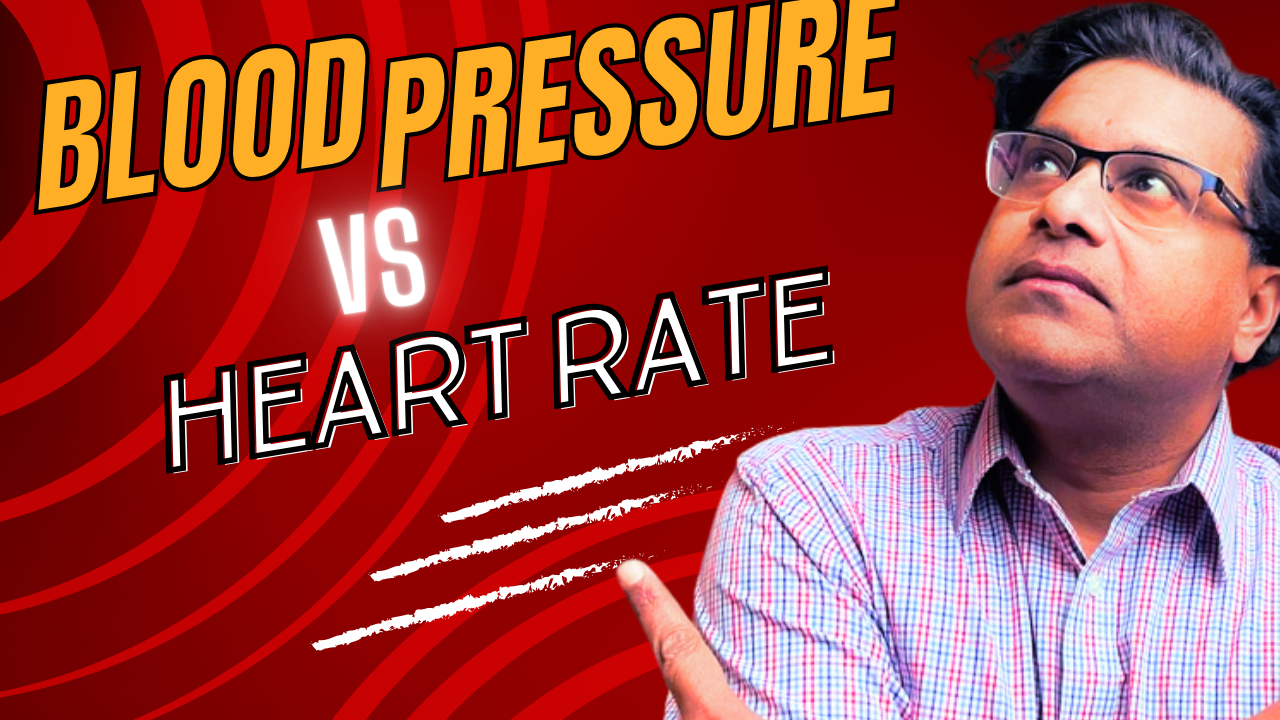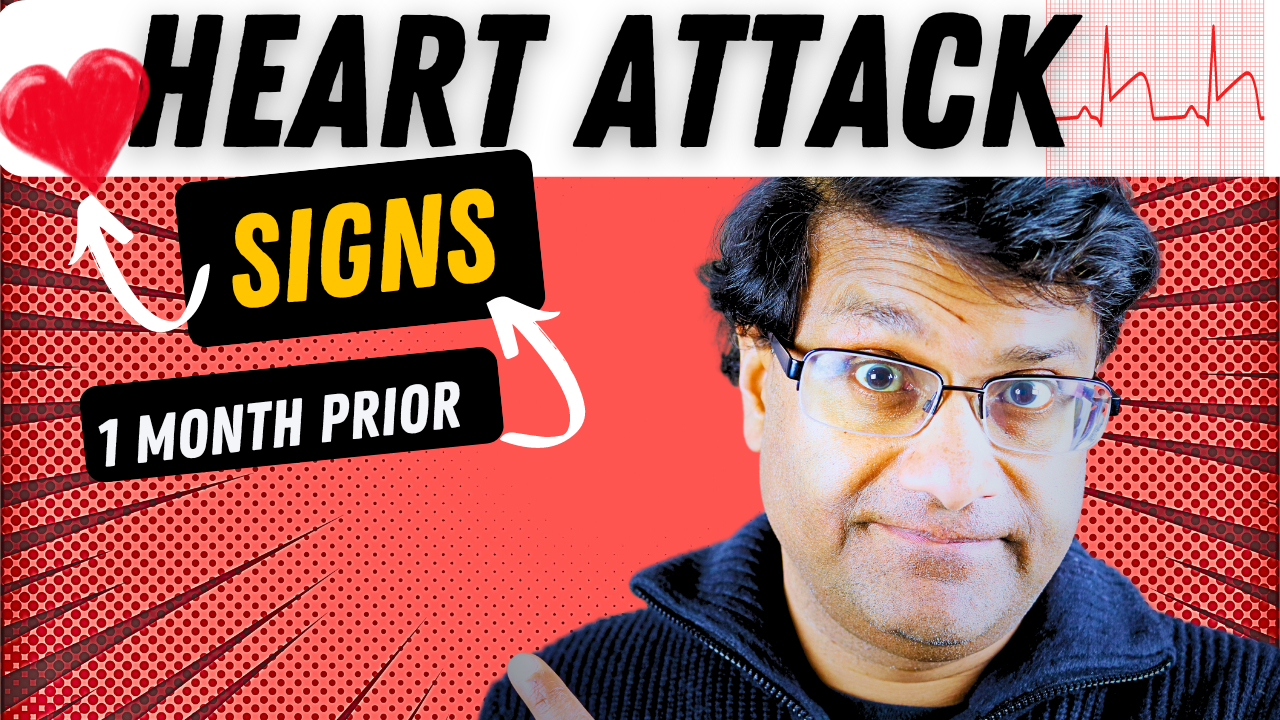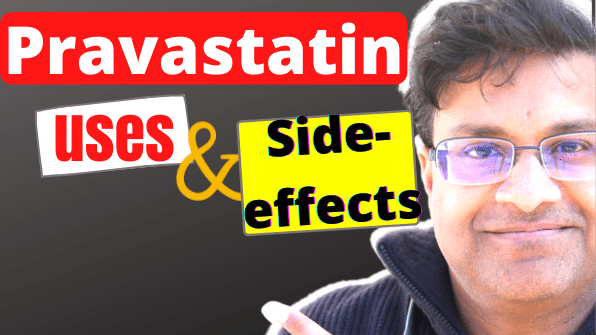Let’s start off with the basics.
Blood pressure is the force exerted by blood against the walls of your arteries, expressed in two numbers like 120/80.The first number, systolic pressure, represents the force during your heart’s contraction,while the second, diastolic pressure, is the force during it relaxation.
Meanwhile, heart rate is the number of heart beats per minute, a straightforward measureof your heart’s rhythm.If you are interested in a detailed explanation of high blood pressure, check this article out!

What Makes Blood Pressure Go Up and Down?
Now, let’s explore the dynamic nature of blood pressure.It’s like a barometer of your cardiovascular health.When you engage in physical activity, your heart pumps blood with increased force, leading to a temporary rise in blood pressure.This is a normal response to meet the demands of your muscles for oxygen and nutrients.On the flip side, factors like stress, a diet high in sodium, and genetic predispositions can elevate blood pressure persistently.You don’t want that to happen to you as you would then be at an increased risk for heart disease, stokes and kidney disease.
What Makes the Heart Rate Go Up and Down?
Shifting gears to heart rate, it’s influenced by various factors too. Physical exertion is a major driver – when you exercise, your muscles demand more oxygen, prompting your heart to beat faster to meet this increased demand. Additionally, stimulants like caffeine, emotional stress, fever and illness and certain medications can elevate your heart rate.
Why does stress cause an increased blood pressure?
This is because acute stresses trigger the fight or flight response causing a surge in adrenaline that raises blood pressure. Your stress hormones stimulate the heart to beat faster preparing the body for quick reaction.On the other hand, relaxation techniques,
adequate sleep, adequate hydration, and a healthy lifestyle can help regulate it.
Correlation Between Blood Pressure and Heart Rate?

Now, let’s explore the relationship between blood pressure and heart rate.While they often move in harmony, there are instances where they don’t sync up perfectly.Picture this: during intense exercise, your heart rate may soar, yet your blood pressure might not increase proportionally.
Why?
Well, your heart is working hard, but the blood vessels are adapting efficiently to the increased demand, preventing a drastic spike in pressure. In other words, your vessels become wider so that they can accommodate the increase blood volume pumped from your heart.
Instances when your blood pressure and heart rate go in opposite directions?
Conversely, there are moments when your blood pressure may be elevated due to stress, but your heart rate might not rise at the same rate. It’s like your heart is cautiously saying,
“Hold on, we’ve got enough pressure here.”
Examples would be when standing up too quickly your blood pressure might temporarily drop.To compensate for the drop in blood pressure, the heart rate may increase momentarily. Other examples where blood pressure and heart rate may move in opposite directions when you are straining during activities like heavy lifting which can temporarily increase your blood pressure at the same time the heart rate may briefly drop due to increased pressure in the chest. Sophisticated communication between your heart and blood vessels, working in tandem to maintain balance.

Now, let’s talk about red flags.
Persistently high blood pressure or abnormal heart rates can be indicators of underlying health issues. If you experience symptoms like dizziness,chest pain, or shortness of breath, it’s crucial to seek medical attention promptly.These could be warning signs of cardiovascular problems that need professional evaluation and intervention.
If you’re interested in checking out the Yt video, click right here.
Have a good day and Think your health.
Sources:






